Filter News
Area of Research
- (-) Supercomputing (39)
- Advanced Manufacturing (5)
- Biological Systems (3)
- Biology and Environment (7)
- Clean Energy (90)
- Climate and Environmental Systems (3)
- Data (1)
- Fossil Energy (2)
- Isotope Development and Production (1)
- Materials (63)
- Neutron Science (32)
- Nuclear Science and Technology (13)
- Renewable Energy (2)
- Sensors and Controls (1)
- Transportation Systems (2)
Media Contacts
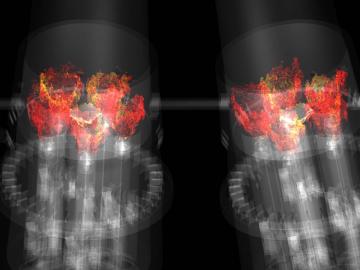
In the United States, the use of natural gas for electricity generation continues to grow. The driving forces behind this development? A boom in domestic natural gas production, historically low prices, and increased scrutiny over fossil fuels’ carbon emissions. Though coal still acco...

Four Oak Ridge National Laboratory researchers specializing in environmental, biological and computational science are among 49 recipients of Department of Energy's Office of Science Early Career Research Program awards. The Early Career Research Program, now in its ...
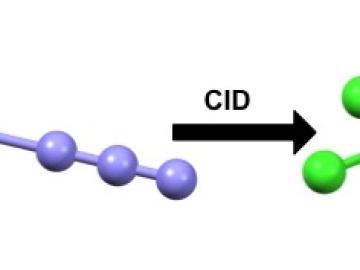
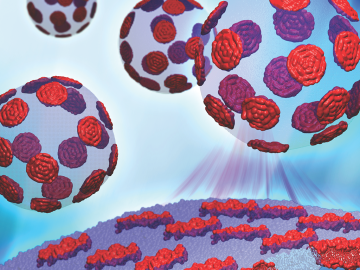
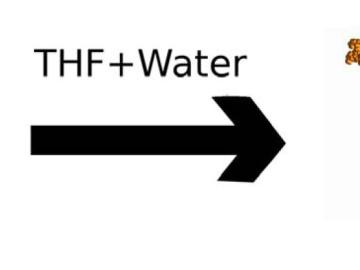
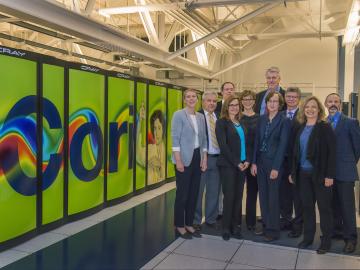
The Department of Energy’s Oak Ridge National Laboratory will support four new industry projects announced today as part of DOE’s High Performance Computing for Manufacturing (HPC4Mfg) Program. The program pairs selected companies with national labs, including ORNL...
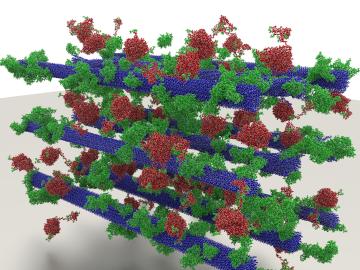
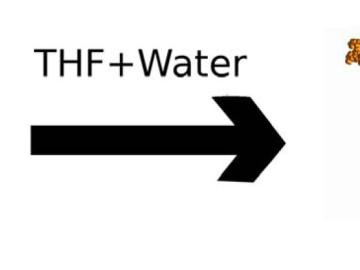

Since lasers were first produced in the early 1960s, researchers have worked to apply laser technology from welding metal to surgeries, with laser technology advancing quickly through the last 50 years. Surgery, chemotherapy, and radiation therapy all play important roles...




